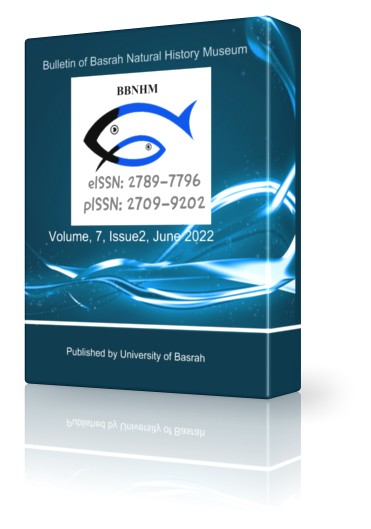Venomous snake occurrences across a continuum of protected and anthropogenic areas: a preliminary case study from Erode, southern India
محتوى المقالة الرئيسي
الملخص
Monitoring the status of wildlife such as venomous snakes that are medically important and
thus directly relevant to public life has gained prominence over the years. We studied the patterns
of venomous snake occurrences and incidences in a mosaic of protected and marginal habitats (in
Vellode Bird Sanctuary) as well as humanized habitat (Erode Railway Colony), across a habitat
disturbance gradient. Our study revealed the presence of three venomous snakes: spectacled
cobra (Naja naja), Russell’s viper (Daboia russelii) and common krait (Bungarus caeruleus) in all
the three habitat zones. Based on 47 sightings obtained in toto over 120 days in the dry season,
we found higher (40%) occurrences of venomous snakes in natural habitats (i.e. protected areas),
followed by sightings (32%) in marginal (villages) and then humanized (township) habitats (28%)
respectively. When analysed habitat-wise and species-wise, Chi-square test revealed statistically
significant value (p-value =0.00971) only for the ‘natural habitat’ category. This short-term study
indicates potential scope for furthering such surveys over larger, suitable areas as well as longer
time frames.
